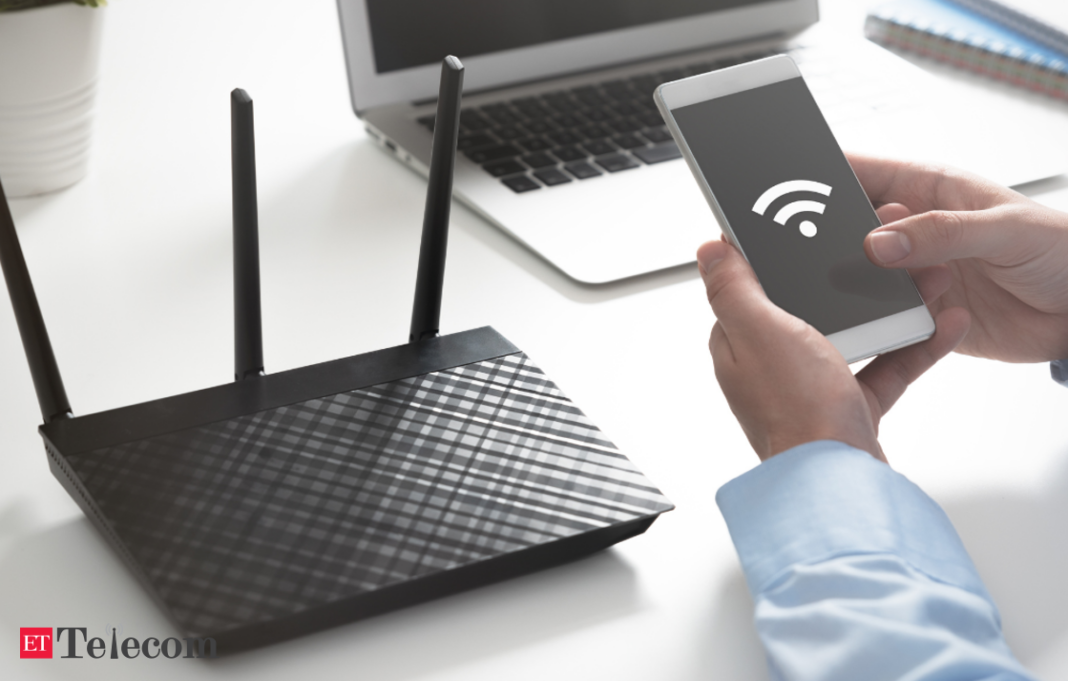In Short:
The Telecom Regulatory Authority of India (Trai) has proposed to reduce broadband connection charges for public data offices (PDOs) that provide public Wi-Fi, aligning costs with those for retail users. This change aims to boost the number of Wi-Fi hotspots in India, which currently falls short of the government’s target. Trai noted that internet costs for PDOs are significantly higher than those for retail users, making it difficult for small businesses to operate. The proposal will be evaluated after two years. As of July 2024, India had over 207,000 PM-WANI Wi-Fi hotspots, but the growth is slower than expected.
Trai Proposes Reduced Broadband Charges for Public Data Offices
New Delhi – In an exciting development for public Wi-Fi services across India, the Telecom Regulatory Authority of India (Trai) has put forth a proposal to lower the broadband connection charges for public data offices (PDOs). This move aims to align the costs with those for retail users, addressing the stark gap in the number of available public Wi-Fi hotspots in the country versus government targets.
What’s Driving the Change?
According to the draft of the Telecommunication Tariff (Seventh Amendment) Order, 2024, Trai highlighted a significant disparity in annual tariffs. It revealed that the cost for a 100 Mbps internet leased line is astonishingly 40-80 times more than the same capacity for a retail fiber-to-the-home (FTTH) connection. This disparity has been particularly burdensome for small-scale PDOs, often operating out of local shops or retailers, which have limited revenue capabilities.
Aiming to Bridge the Gap
Trai is keen to foster growth in the public wifi sector under the PM-WANI (Wi-Fi Access Network Interface) scheme. “The authority proposes that for PDOs, the tariff rate should be equivalent to the retail broadband (FTTH) connection rates offered by service providers,” explained Trai in their statement.
Looking Ahead
This proposal isn’t set in stone; it will be re-evaluated after two years following its implementation. The overarching goal, outlined in the National Digital Communications Policy 2018, is to boost the number of public Wi-Fi hotspots to 5 million by 2020 and 10 million by December 2025, as part of a robust effort to enhance digital communication infrastructure.
However, progress has been slow. The Department of Telecom (DoT) revealed back in November 2022 that the spread of public Wi-Fi hotspots is significantly lagging behind these ambitious targets. The high costs associated with backhaul internet connectivity charged by telecom operators and internet service providers have been cited as a major roadblock for PDOs.
Current Landscape
As of July 22, 2024, there are approximately 207,000 PM-WANI Wi-Fi hotspots in India, along with 199 PDO aggregators and 111 app providers. While this is a commendable figure, it remains essential for the sector to gain momentum to meet the set objectives.





